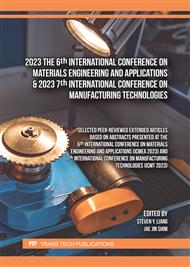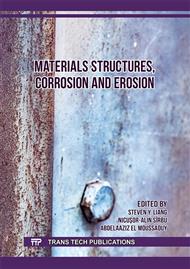p.71
p.77
p.89
p.95
p.103
p.109
p.117
p.125
p.133
Optimization and Comparison of CO2 Capture Process Using DEPG and Methanol Solvents
Abstract:
This study focus is on the physical solvent-based CO2 capture process from an integrated Gasification Combined Cycle (IGCC) power plant, followed by a comparison of Dimethyl ether of polyethylene glycol (DEPG) solvent and methanol solvent, which is based on traditional technology and has a 95% CO2 purification requirement. After achieving the optimal condition, we would compare which solvents are suitable for this system. This procedure was simulated in Aspen HYSYS. Additionally, this study examined the effects of factors that provide the CO2 capture cost per ton ($/tCO2 captured). The response surface approach is used to get the optimal result. In the case of the optimal condition of DEPG solvent, the inlet temperature of fuel gas is – 2 °C, the stripper of inlet temperature is at 67 °C, the pressure of the absorber is at 2,994 kPa, and the stage of absorber appears to be 12 stages. As a result, the lowest DEPG solvent process cost is $189.63 per ton of CO2 collected. The minimum cost of CO2 capture under the optimal condition of methanol solvent, where the temperature of the absorbent and fuel gas is – 8 and – 20 °C, the stripper inlet temperature appears to be at – 6 °C, and the concentration of the absorbent is 88.85 wt.% in methanol solvent, is then $19.21 per ton of CO2 captured.
Info:
Periodical:
Pages:
117-122
Citation:
Online since:
September 2023
Keywords:
Price:
Сopyright:
© 2023 Trans Tech Publications Ltd. All Rights Reserved
Share:
Citation:



